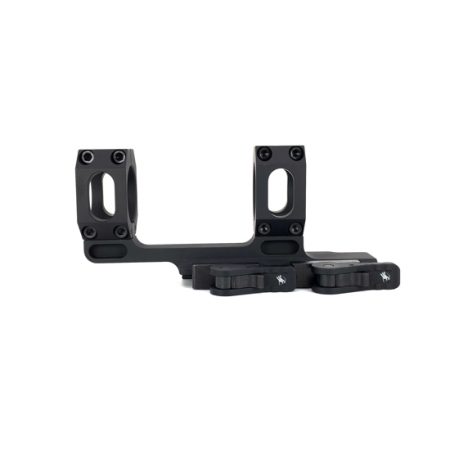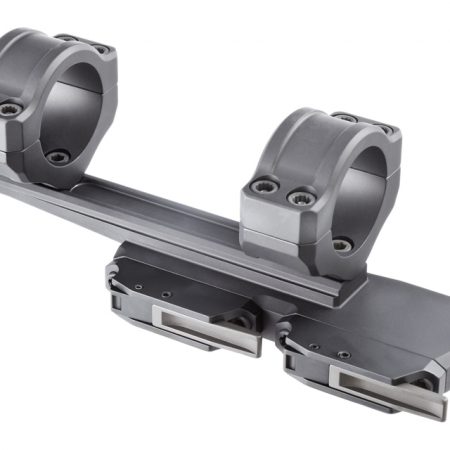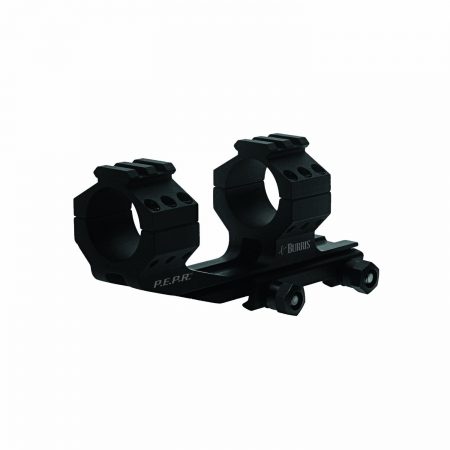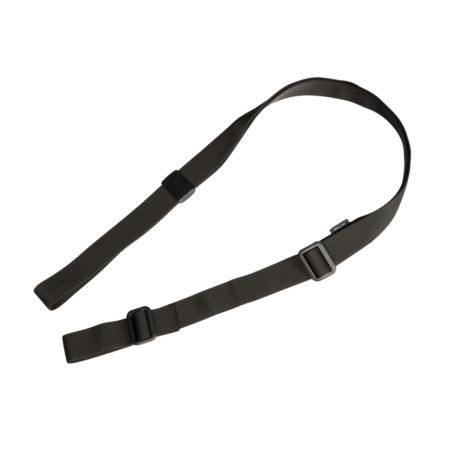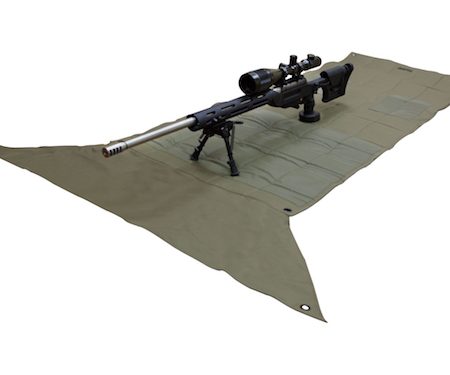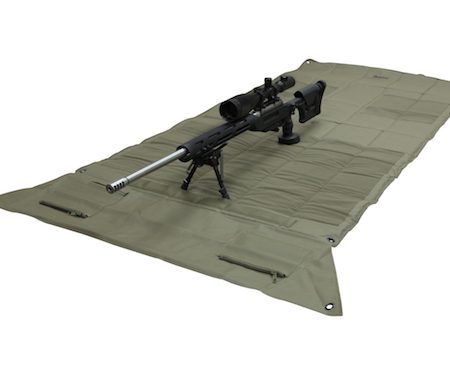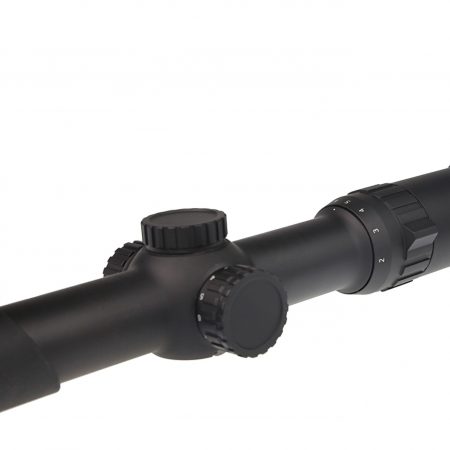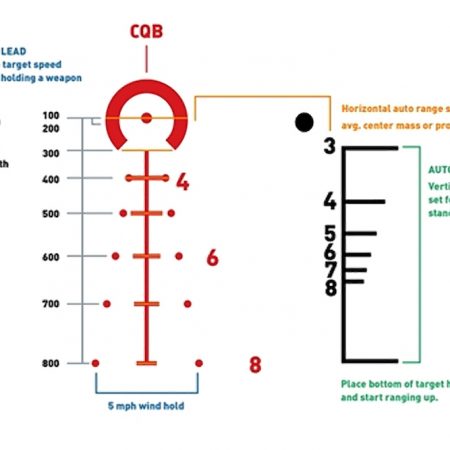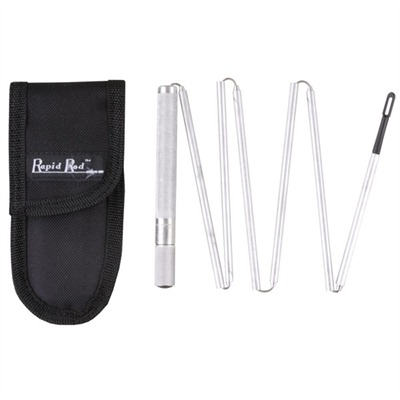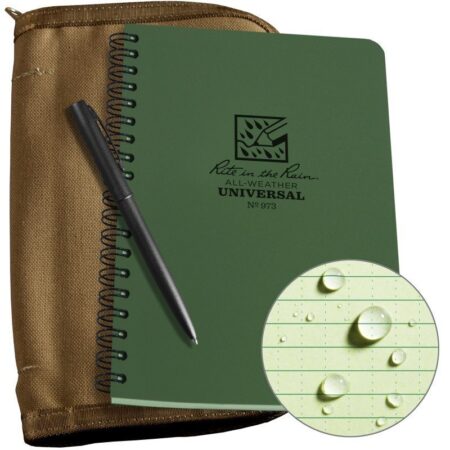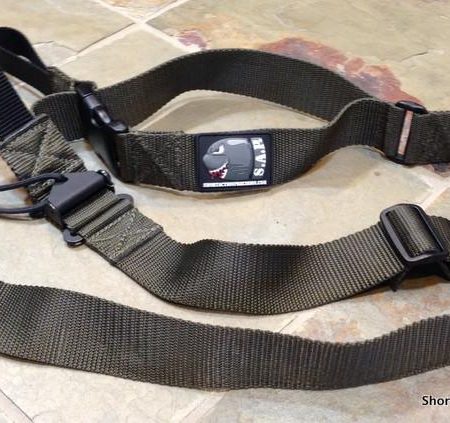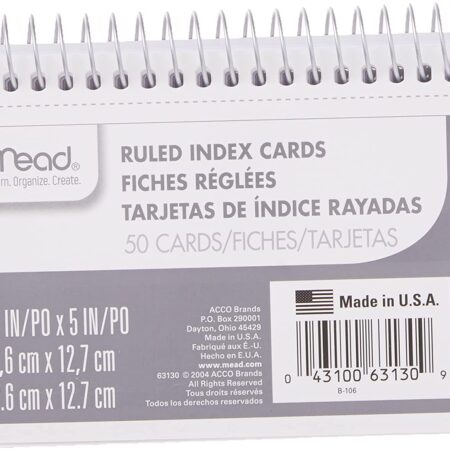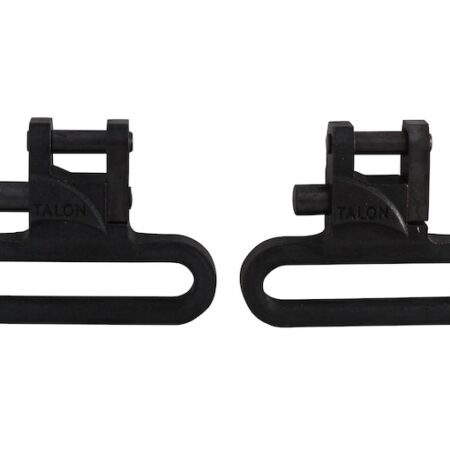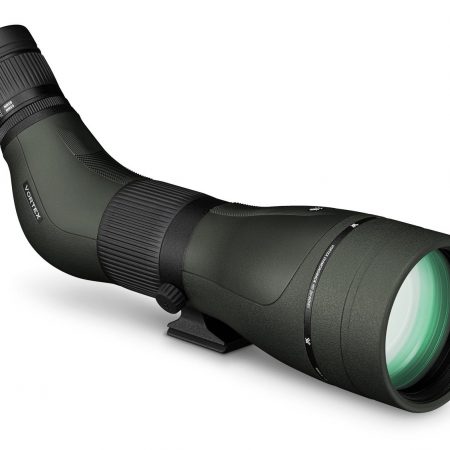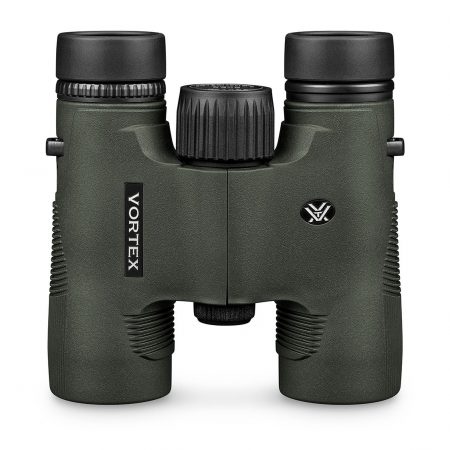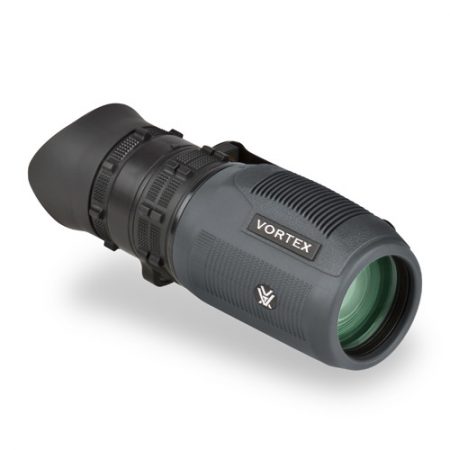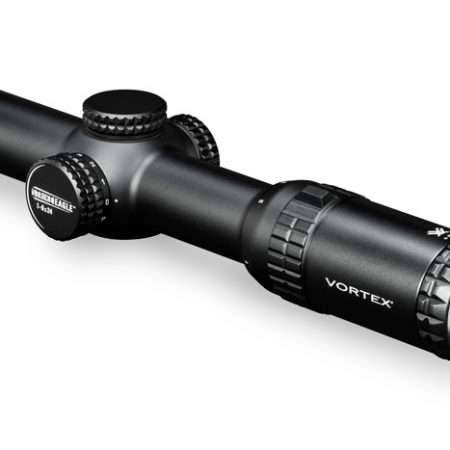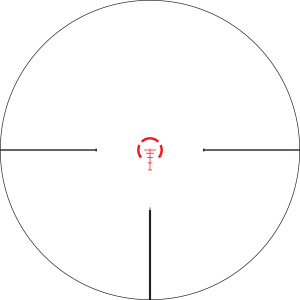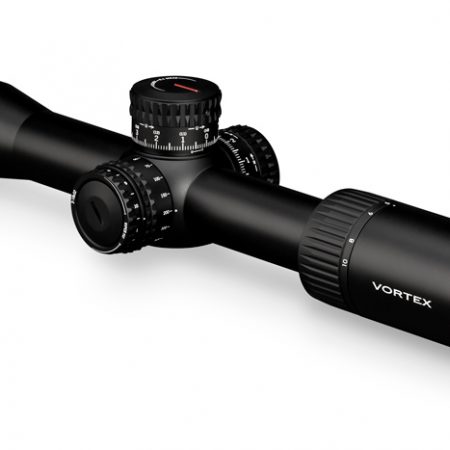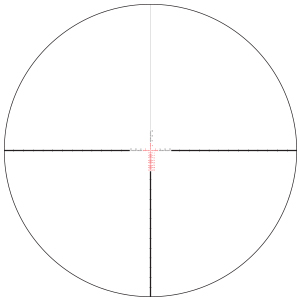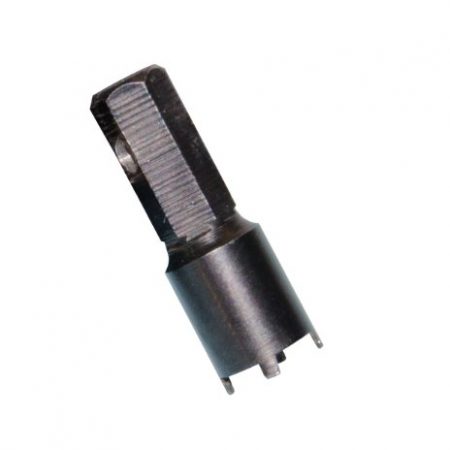What to Bring—Intermediate Rifle
The most common question we are asked is “what to bring?” This page provides some guidelines that will ensure you have the best experience at one of our events. The specific products and vendors below are just suggestions or examples of a type of product that may work well for you. There are many other similar gear options.
All Events
- Our volunteers are neither gunsmiths nor armorers; please ensure your firearm is safe and functional!
- Eye and ear protection is required at all events. We highly suggest electronic ear protection as it makes it easier to hear instruction and line commands.
- Use only the correct ammunition for your gun. Most guns have the proper ammunition type stamped on the barrel. Do not shoot without the proper ammunition. Revere’s Riders strongly suggests the use of factory ammunition. Handloads are generally not necessary at our service-rifle and pistol inspired events—originally these events were intended to be fired with bulk issue “ball” ammunition!
- Dress appropriately for a day outside at a firing range (closed-toe shoes, high neck shirts, long sleeves if weather allows, etc). Our events occur rain or shine. Dress for the weather!
- Avoid loose-fitting clothing, especially around the neck line. You don’t want hot brass going down your shirt!
- A hat with brim will keep the sun out of your eyes and deflect any hot brass headed towards your face.
- Bring a pad and paper for taking notes.
- Bring a pen or marker for taking notes and marking your targets.
- You may want to bring gloves. They protect your hands in inclement weather and also keep your hands from getting torn up working through drills.
- A towel or mat is useful for using in the prone position as well as covering your firearm in inclement or hot weather during breaks.
- A folding chair is nice to have during lunch and history presentations.
- For full day events, pack a lunch (note that a few events will provide lunch; the event listing will specify if lunch will be provided).
- Bring snacks and water. Proper hydration is essential—in the summer plan on one quart per hour as a rule of thumb and supplement your water with sports drinks, salty snacks, etc.
We have a selection of recommended general safety equipment on the What to Bring–All Events page.
Intermediate Rifle
Most important is to bring a safe and functional rifle. If you haven’t cleaned your rifle, setting aside time before the event to clean it would be a good idea. If you have doubts about the safety of your rifle, now would be a good time to have it looked over by a qualified gunsmith or armorer.
- Rifle: These events will require a centerfire rifle.
- Caliber: Your rifle will need to be chambered in a caliber capable of reaching targets at up to 400 yards downrange. In general, this includes just about any center-fire rifle caliber. Note that a “pistol caliber carbine” chambered in a pistol caliber such as 9x19mm, .40 S&W or .45 ACP will not be appropriate for this course.
- Sights/Optics: GI-style iron aperture sights with the ability to dial in elevation adjustments, a low-powered fixed optic of no more than 4.5X power (such as an ACOG), or a variable power optic of 1–4x or 1–6x power. Some shooters may prefer a little more magnification; something like a 2.5-10x is also fine.
- Outdoors: These events often require a full day or weekend outside in the elements. Some ranges are remote and the firing line may be a walk from the parking lot. Bring everything you need for a day outside.
- Be Ready to Move: At many ranges the firing line will move back and forth as you shoot at different ranges from 100 to 600 yards. Pack efficiently using a backpack, load bearing gear, etc so that you can move from place to place. Plan on having a method to keep magazines and other key gear close at hand while moving about the range.
- Day Hike Gear: A basic first aid kit to include moleskin for blisters, sunscreen/sunburn treatment, insect bite relief and other basic supplies that you might bring on a day hike is appropriate.
Recommended Intermediate Rifle Equipment
Below is a list of equipment that our instructors have found to be functional, durable and useful:
-
Buy from ADMMORE INFO
American Defense AD-RECON 1-Piece Scope Mount with 2″ Offset
The AD-RECON mount is made for putting high power glass onto a flattop style AR-15. The AD-Recon works with scopes with Objective Housings as large as 56 mm. Offered in a variety of ring sizes, the cantilever throws the scope out front, allowing you to get the right eye relief. It is precision machined from 6061 T6 aluminum and finished in hard coat T3 Mil-Spec anodize. It features the Patented QD Auto Lock™ Lever system to accommodate both in spec and out of spec rail systems. -
Buy from BobroMORE INFO
Bobro Engineering Dual Lever Precision Optic Mount 30mm 20 MOA
The Dual Lever series of precision optics mounts features the Patented [US Patent 8,567,105] BLAC™ lever system and are engineered for larger diameter scopes. The base has an extension that allows proper eye relief, even when using a non-monolithic rail. It is designed so that the base allows the use of a folding back up iron sight (BUIS). The structure is designed for maximum strength, and utilizes larger fasteners than our standard lineup. This mount is engineered to handle heavy optics and high recoil forces.
-
Buy From MidwayUSAMORE INFO
Magpul RLS 2-Point Sling
Features:
- Dedicated two-point sling with shooting support functions for practical field employment
- Magpul’s proprietary weave 1-1/4” wide nylon webbing material for strength and wear resistance
- Low-profile, lightweight and durable fasteners and hardware made from Magpul polymer
- Compatible with Magpul sling adapters and accessories, or any other 1.25” sling attachments (sold separately)
- Colored webbing has Near Infrared (NIR) treatment to reduce IR signature
-
Buy from MidwayUSAMORE INFO
MidwayUSA Competition Shooting Mat
When MidwayUSA set out to develop our competition shooting mat, we relied on our highly experienced staff for research and development. Some of the best shooters at MidwayUSA put their heads together and used their years of experience to create a great product for our customers.
-
Buy from MidwayUSAMORE INFO
MidwayUSA Pro Series Competition Shooting Mat
MidwayUSA Gen 2 Pro Series Competition Shooting Mat features a 1000D Cordura Nylon top, comfortable padding, additional storage pocket and a fully waterproof bottom. A sewn-in bipod pre-load web, four corner grommets, and two zippered pouches, make this mat an essential tool for any shooter looking to perfect his or her marksmanship. Added features including the sewn in handle and shoulder strap for easy transport. When not in use, the mat conveniently rolls up to for storage.
-
Buy From AtskoMORE INFO
Rapid Rod Cleaning Rod
Rapid-Rod will keep your barrel clear and safe. Obstructions such as mud, snow, dirt, ice, shotgun wadding, shell casings, or a bullet can and do get lodged in chambers and barrels. This dangerous and frustrating situation renders your weapon useless until cleared.
-
Buy from AmazonMORE INFO
Spiral Bound Index Cards
Spiral bound index cards are a great low-cost solution for a range notebook. Multiple sizes are available so you can choose the size that best fits your needs. These are usually available at any store that stocks office and/or school supplies as well as Amazon.
NOTE: the link associated with the “Buy from Amazon” button below is an “affiliate” link; clicking through and buying this product will earn Revere’s Riders a small commission on the sale. This income helps to support our firearms training programs going forward.
-
Buy from MidwayUSAMORE INFO
The Outdoor Connection Talon Sling Swivels
Talon sling swivels feature all-metal construction with stainless steel springs. Machine finished, these swivels are extremely quiet in the field. Attach them to any standard swivel base. Features a Guaranteed Forever warranty. Prevents swivel from touching firearm when sling is properly connected. Quick release feature for easy mounting or removal.
IMPORTANT: if you are buying these for use with a US GI sling, you MUST get the wider 1 ¼” version of the sling swivel. The 1″ version is too narrow to fit a US GI sling.
-
Buy from Optics PlanetMORE INFO
Trijicon ACOG TA31 4x32mm
The reticle of the Trijicon TA31 ACOG 4×32 Tactical Scope ranges out to 800 Meters for 5.56(.223 cal) and hit fast in any light. Trijicon ACOG 4 x 32 Riflescopesare internally-adjustable, compact telescopic sights with tritium illuminated reticle patterns for use in low light or at night. The Bindon Aiming Concept (BAC) scope features bright daytime reticles using fiber optics which collect ambient light. Trijicon 4×32 ACOGs Fiber Optics & Tritium Illumination Scope combine traditional, precise distance marksmanship with close-in aiming speed. Although Trijicon ACOG 4 x 32 Scopes w/ Donut Reticle have many features which are very advantageous for military use, they were developed by Trijicon without government funding. Designed for use with the M16 family, every feature of its mechanical and optical design was chosen for a single purpose: to provide increased hit potential in all lighting conditions – without failure-prone batteries.
-
Buy from Optics PlanetMORE INFO
Trijicon ACOG TA33 3x30mm
Trijicon ACOGs are internally-adjustable, compact telescopic sights with tritium illuminated reticle patterns for use in low light or at night. The Bindon Aiming Concept (BAC) scopes feature bright daytime reticles that use fiber optics to collect ambient light and automatically adjust the brightness to meet available light conditions. The ACOGs combine traditional, precise distance marksmanship with close-in aiming speed. Every feature of each scope’s mechanical and optical design was chosen for a single purpose: to provide increased hit potential in all lighting conditions—without failure-prone batteries.
-
Buy from A&A OpticsMORE INFO
Vortex Diamondback HD 20-60×85 Angled Spotting Scope
Glassing out west demands an HD optic, but other systems can’t get you the clarity you need to see a tail twitch in low light, or pick a tine out of dense cover. The redesigned Diamondback HD spotting scopes have all the horsepower the long-distance hunter needs, and they excel in lowlight—right when you need it most. We’ve also streamlined the exterior for a sleeker, snag-free profile, building in a helical focus wheel.
-
Buy from A&A OpticsMORE INFO
Vortex Diamondback HD 8×28 Binoculars
The Diamondback® HD smashes the scale of price vs performance, delivering a rock-solid optic that optically punches high above its class. The included GlassPakTM binocular harness keeps your glass close at hand, ready to deploy at a moment’s notice, all while providing protection and significantly more comfort than traditional neck straps.
-
Buy from A&A OpticsMORE INFO
Vortex Strike Eagle 1-6×24 Riflescope
Speed and versatility—that’s what 1x variable optics offer AR shooters who need to engage targets from point-blank out to extended ranges. And that’s exactly what you’re going to get with Vortex’s new Strike Eagle 1-6 x 24. Take into consideration what it costs to get into this optic, and you may find you can’t afford not to buy it.
-
Buy from MidwayUSAMORE INFO
Wheeler Delta Series Front Sight Tool
This 4-prong front sight tool is designed to adjust the A2 front sight found on the AR-15, M16, and M4. It is machined from steel and has a black zinc finish to last for years. The key ring serves as a handle and helps keep the small tool accounted for.

